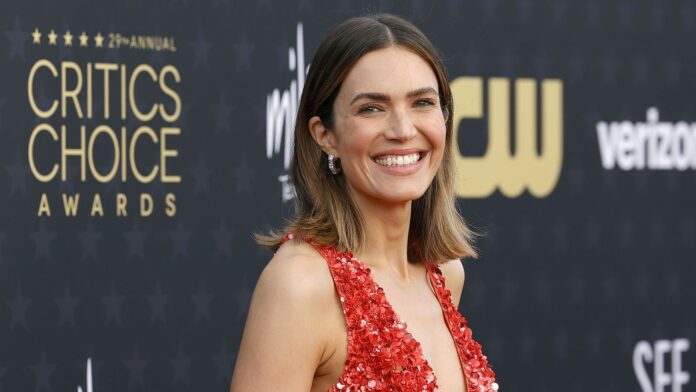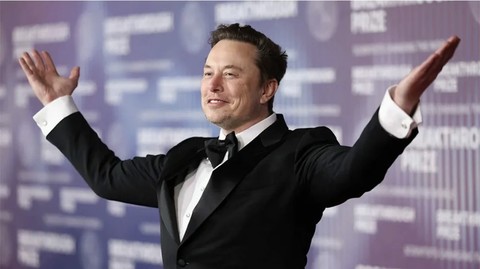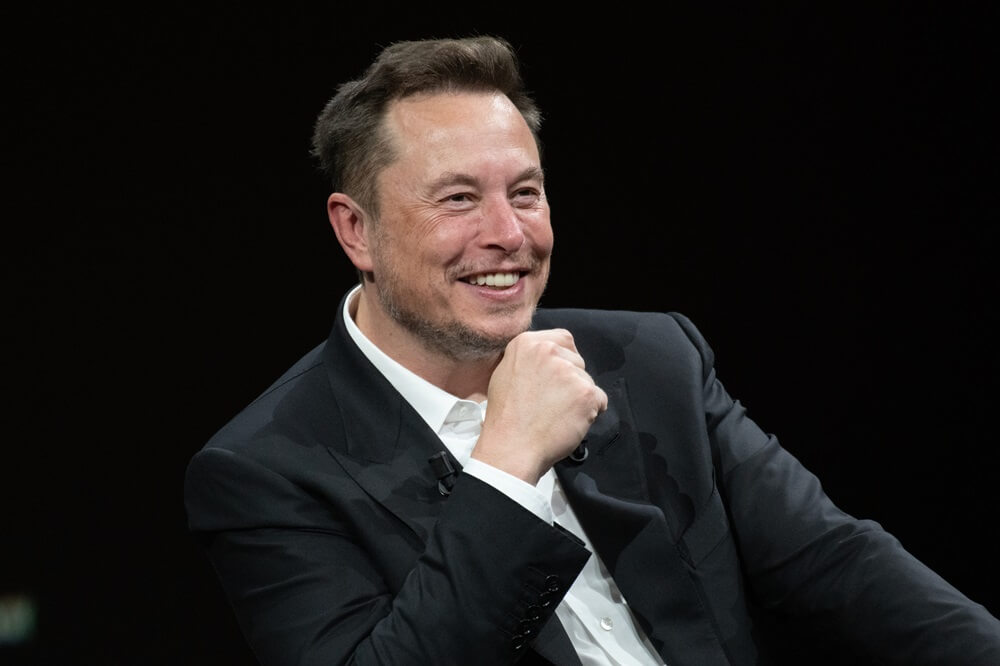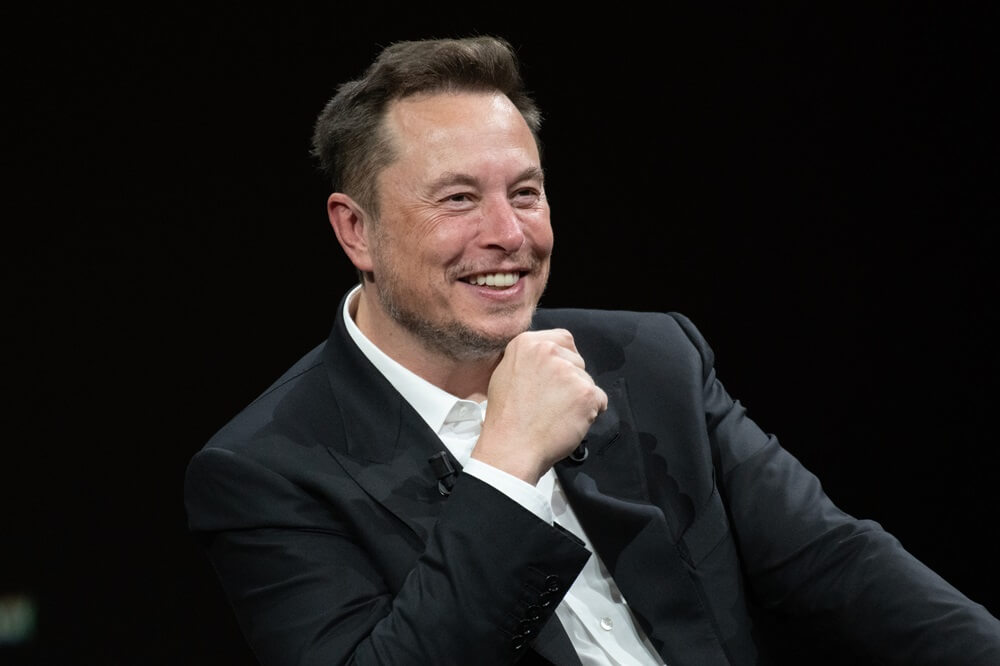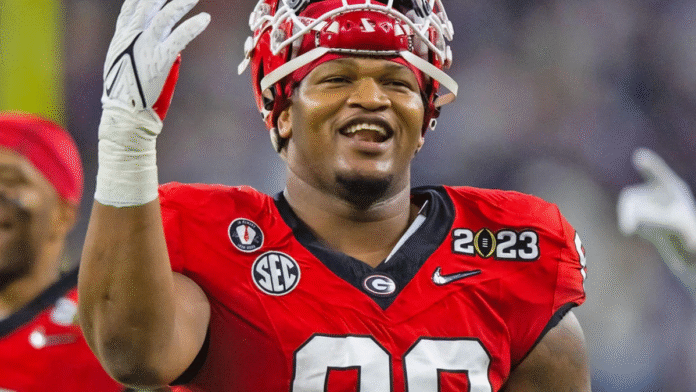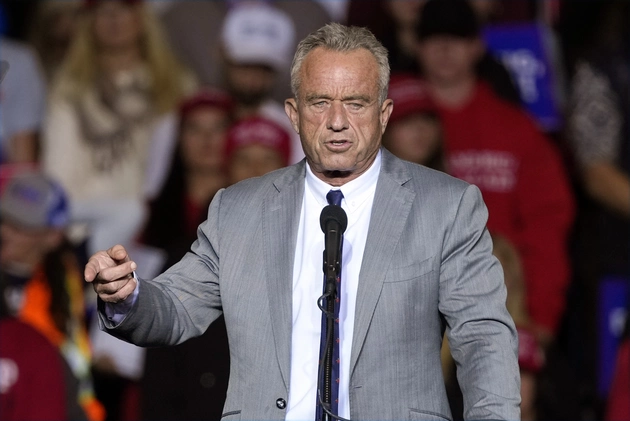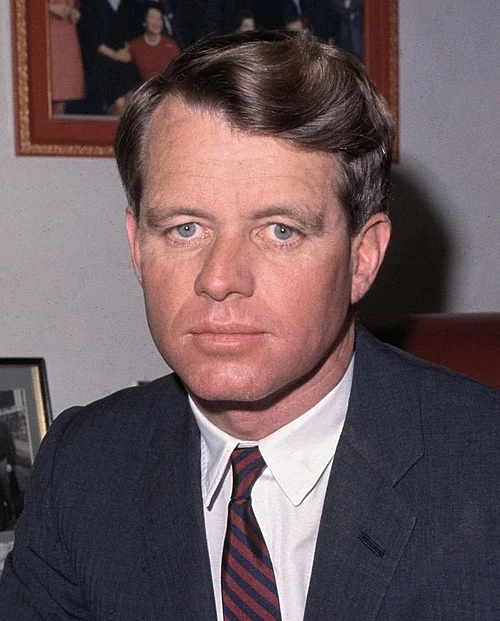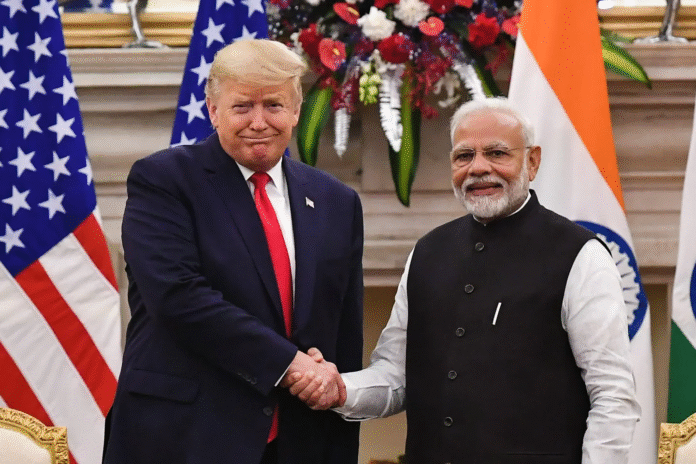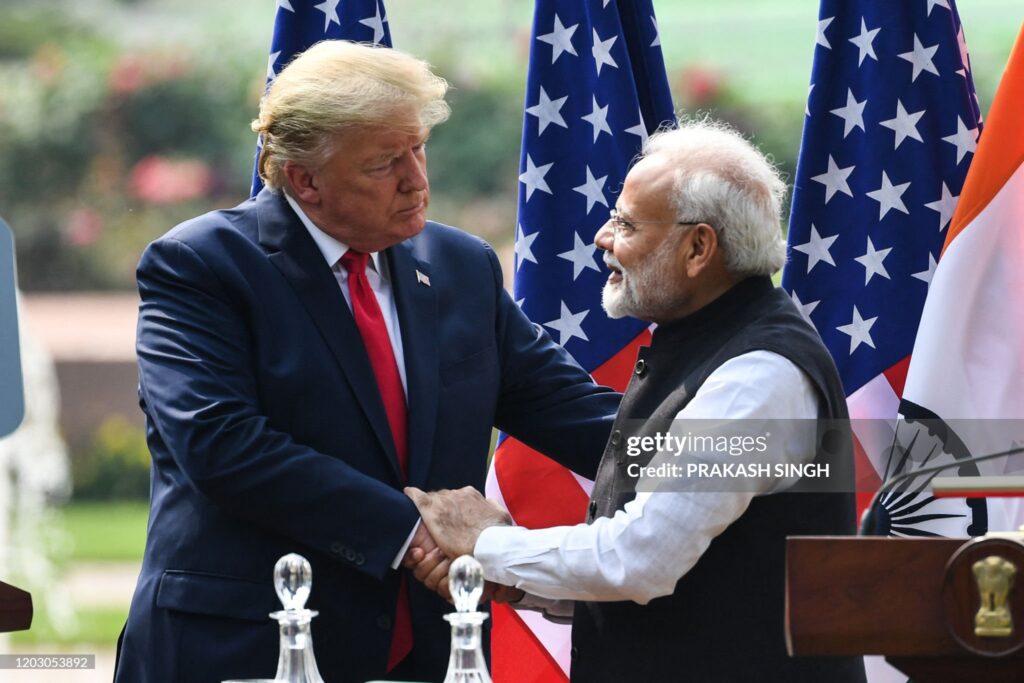the United States Naval Academy (USNA) – admissions, life at the Academy, Plebe Summer, academics, and career opportunities
Introduction: Why the Naval Academy Stands Out
The United States Naval Academy (USNA), located in Annapolis, Maryland, is more than just a college. It’s a life-changing journey that prepares young men and women to become leaders in the Navy, Marine Corps, and beyond. Unlike traditional universities, the Naval Academy blends rigorous academics, military discipline, physical training, and leadership development into one powerful experience.
For many students, joining USNA isn’t just about earning a degree – it’s about serving their country, embracing discipline, and shaping their future with honor, courage, and commitment.
A Brief History of the U.S. Naval Academy
Founded in 1845, the Naval Academy has grown into one of the most prestigious military institutions in the world. It was established to create a professional officer corps that could lead America’s naval forces with skill and integrity.
Over the years, the Academy has produced countless leaders, astronauts, admirals, and even U.S. Presidents. Its legacy is deeply tied to the defense and security of the United States. Walking through the historic campus, also known as “The Yard,” you’ll feel the weight of history mixed with the energy of future leaders.
Admission to the Naval Academy: A Competitive Dream
Getting into the U.S. Naval Academy is no small feat. With an acceptance rate of about 8–10%, it’s one of the most selective colleges in the country. But for those who make it, the rewards are unmatched.
Admission Requirements:
- Nomination: Most applicants need a Congressional or Service-Connected nomination.
- Academics: Strong GPA, especially in math and science.
- Standardized Tests: Competitive SAT/ACT scores.
- Leadership & Athletics: Demonstrated involvement in sports, clubs, or community service.
- Medical Fitness: Applicants must pass a thorough medical exam.
- Physical Fitness Test: Push-ups, sit-ups, and a mile run are evaluated.
For International Students
Interestingly, a small number of international students are admitted each year, nominated by their own governments. This makes USNA not only a U.S. institution but also a contributor to global naval leadership.
Plebe Summer: The First Big Challenge
Before academics even begin, incoming freshmen – known as Plebes – undergo Plebe Summer, a 7-week program that tests physical endurance, mental toughness, and adaptability.
- Wake-up calls are early, sometimes before sunrise.
- Days are packed with military drills, physical training, and learning naval traditions.
- The experience is tough but transformative – turning civilians into disciplined midshipmen.
For many alumni, Plebe Summer remains one of the most memorable (and toughest) parts of their Naval Academy journey.
Life at the Naval Academy: More Than Just School
The Naval Academy isn’t like any typical college. While academics are critical, midshipmen live under a structured system designed to prepare them for leadership.
1. Academic Excellence
USNA offers a Bachelor of Science degree in various fields including engineering, political science, cyber operations, and oceanography. Classes are small, and professors are deeply invested in student success.
2. Military Training
Every day, midshipmen balance academics with military responsibilities. They wear uniforms, participate in drills, and follow a strict honor code.
3. Athletics and Fitness
Physical fitness is central to USNA life. Whether you’re on a varsity sports team, intramural league, or just training, athletics build resilience and teamwork.
4. Leadership Development
From the moment Plebes arrive, leadership is instilled in every aspect of life. By senior year, midshipmen take on real leadership roles, managing their peers and responsibilities.
The Honor Concept: Living with Integrity
One of the Academy’s most cherished values is its Honor Concept, which states:
“Midshipmen are persons of integrity. They stand for that which is right.”
Cheating, lying, or stealing are not tolerated. This commitment to integrity is what shapes USNA graduates into trustworthy leaders.
Traditions and Spirit at USNA
Life at the Naval Academy is also full of traditions that create unity and pride.
- Army-Navy Football Game: A historic rivalry that brings national attention every year.
- Herndon Monument Climb: Plebes work together to climb a greased monument – symbolizing teamwork and victory.
- Ring Dance: A formal event celebrating juniors receiving their class rings.
These traditions, combined with a strong sense of camaraderie, make the Naval Academy experience unforgettable.
Graduation and Service Commitment
After four years, midshipmen graduate as Ensigns in the Navy or Second Lieutenants in the Marine Corps. The service commitment is typically at least 5 years of active duty.
Graduates don’t just earn a degree – they step into careers of responsibility, often leading teams, ships, aircraft, and missions around the world.
Why Choose the Naval Academy?
For many students, the decision comes down to more than just education. Choosing the Naval Academy means:
- A tuition-free education (covered by the U.S. government).
- Guaranteed employment after graduation.
- A chance to serve the country with pride.
- Lifelong friendships and a powerful alumni network.
It’s not easy, but the rewards last a lifetime.
Challenges and Realities of Academy Life
Of course, the Naval Academy is not for everyone. The challenges include:
- Intense workload: Balancing academics, athletics, and military duties.
- Strict discipline: Very little personal freedom compared to a civilian college.
- High expectations: Midshipmen must meet constant physical, mental, and ethical standards.
Yet, these challenges are exactly what shape midshipmen into strong, capable leaders.
Famous Alumni of the U.S. Naval Academy
Some notable graduates include:
- Jimmy Carter – Former U.S. President.
- John McCain – U.S. Senator and Navy pilot.
- Roger Staubach – NFL Hall of Fame quarterback.
- Alan Shepard – First American astronaut in space.
Their success stories inspire future midshipmen to dream big.
Some Important points about the Naval Academy
- The program lasts four years, after which graduates are commissioned as officers.
- No, education is fully funded. In return, graduates commit to military service.
- Yes, but only through nomination by their government.
It’s a 7-week rigorous program focusing on discipline, fitness, and teamwork.- In many ways, yes – it combines academics, physical demands, and military training.
Why the Naval Academy Feels Different
If you’ve ever dreamed of serving your country, leading with purpose, and being part of something bigger than yourself, the United States Naval Academy (USNA) might already be on your radar. Nestled in the historic town of Annapolis, Maryland, it’s not your typical college.
Here, students don’t just study. They rise at dawn, train like athletes, study like scholars, and grow into leaders who carry the weight of responsibility on their shoulders. For many, it’s not just about earning a degree – it’s about shaping a life built on honor, courage, and commitment.
A Walk Through History
The Academy was founded way back in 1845 with one mission: to prepare young Americans to lead the Navy with skill and integrity. Since then, it’s become a breeding ground for astronauts, admirals, generals, and even a U.S. President.
When you step into “The Yard” (as the campus is affectionately called), you feel a strange mix of history and ambition. The brick walkways, the Chesapeake Bay breeze, the monuments – they all whisper stories of the past while reminding you that the future is in your hands.
Getting In: Not Easy, But Worth It
Let’s be real: the Naval Academy is tough to get into. With an acceptance rate hovering around 8–10%, it’s as competitive as the Ivy League. But that’s because the Academy is looking for more than just grades.
Yes, you’ll need:
- A Congressional nomination (usually from a Senator or Representative).
- Strong academics (especially math and science).
- Solid SAT/ACT scores.
- A record of leadership in sports, clubs, or community work.
- Medical clearance and physical fitness.
But above all, USNA wants to see character. They want people who can handle pressure, who others will follow, and who won’t crack when things get hard.
Fun fact:
Every year, a handful of international students are chosen, nominated by their home governments. That means when you’re at the Academy, you’re training alongside future leaders from all over the world.
Plebe Summer: A Crash Course in Resilience
Before classes even start, you’re thrown into Plebe Summer – seven weeks of early wake-ups, endless drills, sweaty workouts, and lots (and lots) of shouting.
It’s intense. You’ll be pushed to your physical and mental limits. But you’ll also bond with your classmates in a way that’s hard to describe. The friendships formed during Plebe Summer often last a lifetime because you’ve been through fire together.
Think of it as a crash course in resilience. When you come out the other side, you’re not just a civilian anymore – you’re a midshipman.
Life at the Academy: More Than Just Books
USNA is demanding, but it’s also a once-in-a-lifetime experience.
Academics That Push You
Midshipmen graduate with a Bachelor of Science degree, but don’t let that fool you – the curriculum includes everything from engineering and cyber operations to political science and oceanography. Professors are supportive but demanding, because they know what’s at stake: your future as a leader.
Military Training Every Day
Uniforms, drills, ceremonies, leadership roles – they’re woven into daily life. You’re not just learning facts, you’re learning discipline, responsibility, and the ability to stay calm under pressure.
Fitness and Sports
Whether you’re on the football team, rowing crew, or just training with your company, sports are central. The Navy believes in developing the whole person – mind, body, and spirit.
Leadership, Not Just Rank
From day one, leadership is emphasized. By senior year, you’re not just studying leadership – you’re living it, responsible for mentoring younger midshipmen and managing real tasks.
The Honor Concept: A Guiding Light
One of the first things you learn is the Honor Concept:
“Midshipmen are persons of integrity. They stand for that which is right.”
At USNA, cheating, lying, or stealing is a dealbreaker. The culture of integrity is so strong that it shapes the way graduates live their lives long after they’ve left Annapolis.
The Traditions That Make USNA Special
Life at the Academy is also full of traditions that give it color and spirit:
- The Army-Navy Game: The rivalry is fierce, the energy electric, and it’s more than football – it’s tradition.
- Herndon Monument Climb: Plebes work together to climb a greased monument. It’s messy, exhausting, and a symbol of teamwork.
- Ring Dance: A special night when juniors receive their class rings, marking their journey into the final stretch.
These traditions create bonds that connect midshipmen across generations.
Graduation: The Big Day
Four years later, when you finally toss your cover (hat) into the air at graduation, it’s not just about getting a diploma. It’s about stepping into a role of service.
Graduates are commissioned as:
- Ensigns in the Navy or
- Second Lieutenants in the Marine Corps
And yes, there’s a service commitment – usually at least 5 years of active duty. But most grads don’t see this as an obligation. They see it as an honor.
Why Students Choose the Naval Academy

So why do thousands of students compete for just a few spots each year? Here are a few reasons:
- Free tuition (covered by the U.S. government).
- Guaranteed career after graduation.
- A chance to serve the country.
- Lifelong friendships and a prestigious alumni network.
- The pride of being part of something bigger.
The Hard Truth: Challenges Along the Way
Let’s not sugarcoat it: the Naval Academy is tough. You’ll face:
- Early mornings and long days.
- Constant pressure to perform.
- Limited personal freedom.
- High expectations in everything you do.
But those challenges? They’re what make USNA graduates different. They walk away stronger, more confident, and ready to lead.
Famous Faces from USNA
Some of the Academy’s most well-known graduates include:
- Jimmy Carter – Former U.S. President.
- John McCain – Navy pilot and Senator.
- Alan Shepard – First American in space.
- Roger Staubach – NFL legend.
Their careers are proof that a Naval Academy education can take you just about anywhere.
Closing Thoughts: A Path of Purpose
The U.S. Naval Academy isn’t for everyone. It’s not easy, it’s not always comfortable, and it demands your best every single day. But if you’re willing to rise to the challenge, it will transform you.
You’ll leave Annapolis not just with a degree, but with a sense of purpose, lifelong friendships, and the confidence to lead in some of the most demanding environments in the world.
For those who want to serve, to lead, and to live with honor – the Naval Academy isn’t just an option. It’s a calling.
Read More: http://Richest Man in the World in 2025: Who Holds the Crown, and Why It Matters



